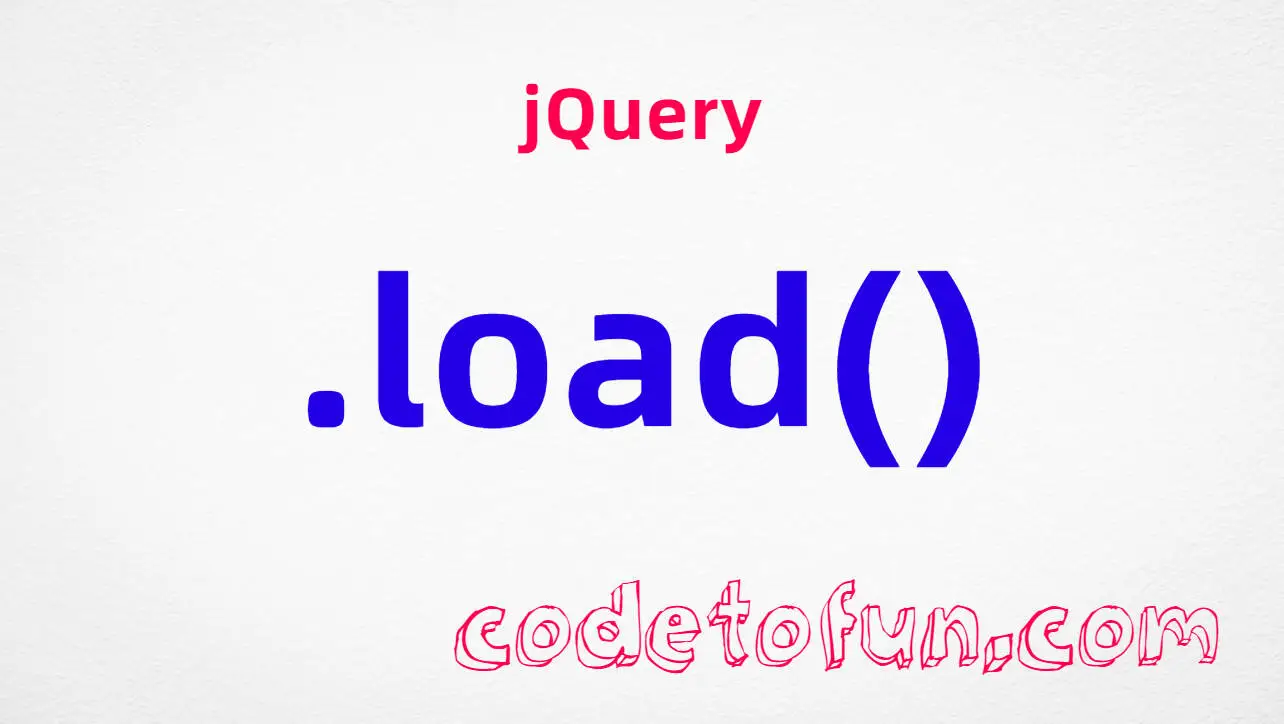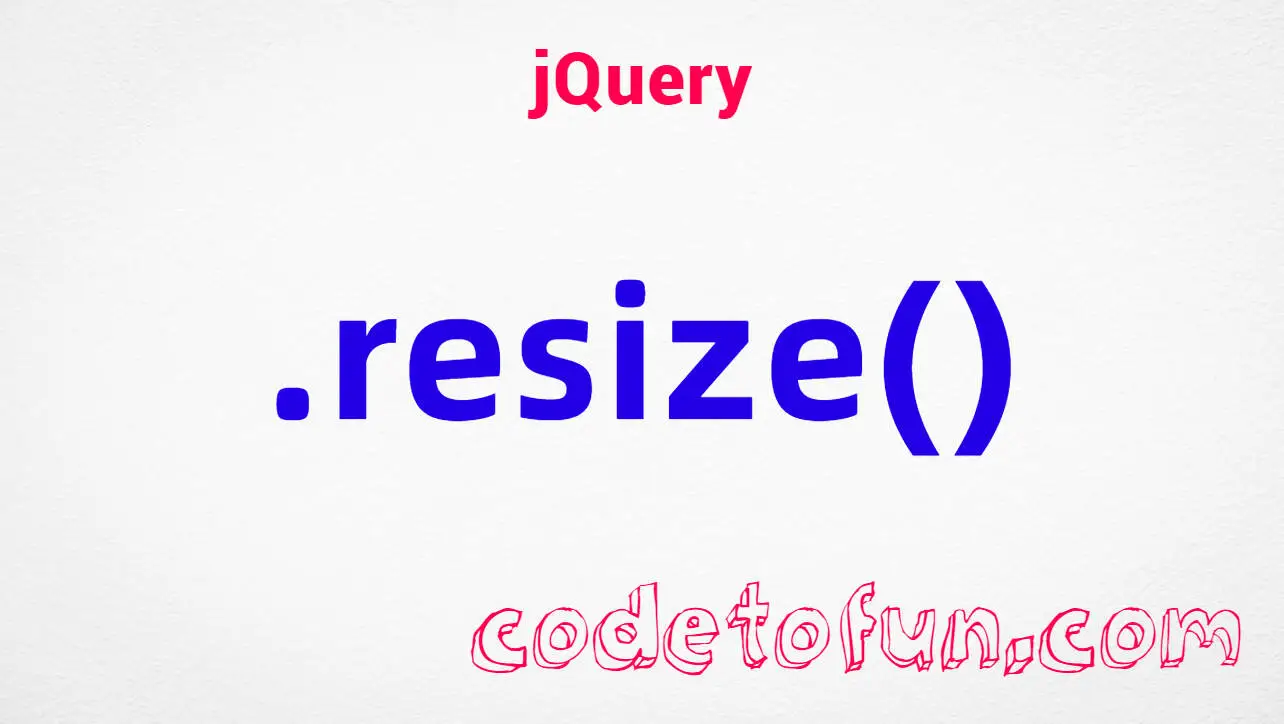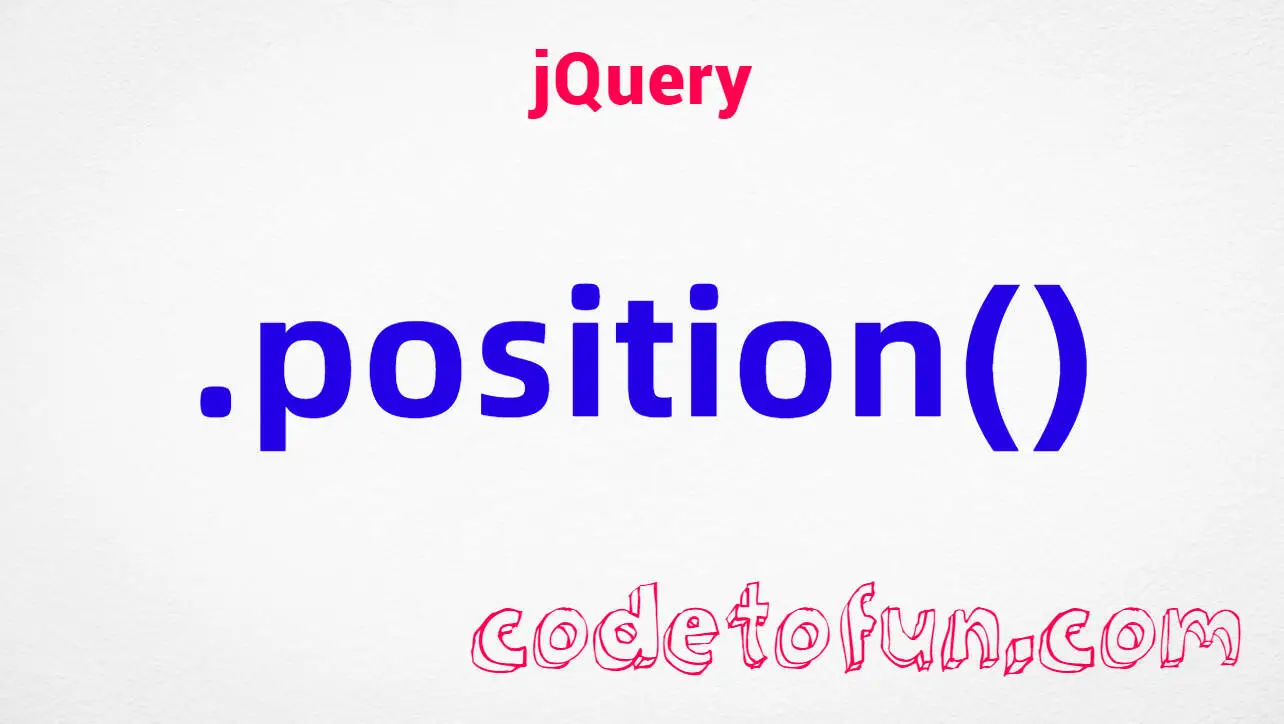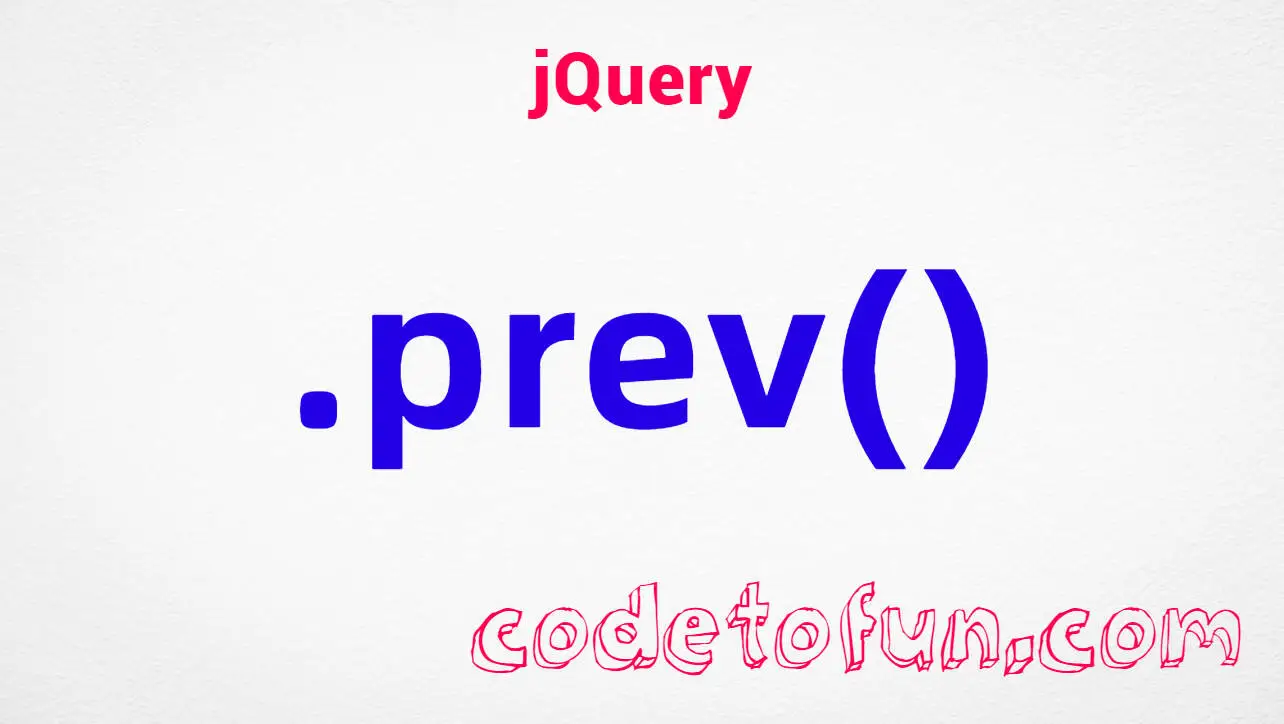
HTML Basic
HTML Reference
- HTML Tags
- <!--...-->
- <!DOCTYPE>
- <a>
- <abbr>
- <address>
- <area>
- <article>
- <aside>
- <audio>
- <b>
- <base>
- <bdi>
- <bdo>
- <blockquote>
- <body>
- <br>
- <button>
- <canvas>
- <caption>
- <cite>
- <code>
- <col>
- <colgroup>
- <data>
- <datalist>
- <dd>
- <del>
- <details>
- <dfn>
- <dialog>
- <div>
- <dl>
- <dt>
- <em>
- <embed>
- <fieldset>
- <figcaption>
- <figure>
- <footer>
- <form>
- <h1> to <h6>
- <head>
- <header>
- <hgroup>
- <hr>
- <html>
- <i>
- <iframe>
- <img>
- <input>
- <ins>
- <kbd>
- <label>
- <legend>
- <li>
- <link>
- <main>
- <map>
- <mark>
- <menu>
- <meta>
- <meter>
- <nav>
- <noscript>
- <object>
- <ol>
- <optgroup>
- <option>
- <output>
- <p>
- <param>
- <picture>
- <pre>
- <progress>
- <q>
- <rp>
- <rt>
- <ruby>
- <s>
- <samp>
- <script>
- <search>
- <section>
- <select>
- <small>
- <source>
- <span>
- <strong>
- <style>
- <sub>
- <summary>
- <sup>
- <svg>
- <table>
- <tbody>
- <td>
- <template>
- <textarea>
- <tfoot>
- <th>
- <thead>
- <time>
- <title>
- <tr>
- <track>
- <u>
- <ul>
- <var>
- <video>
- <wbr>
- HTML Deprecated Tags
- HTML Events
- HTML Global Attributes
- HTML Status Code
- HTML Language Code
- HTML Country Code
- HTML Charset
- MIME Types
HTML map Tag

Photo Credit to CodeToFun
🙋 Introduction
The <map> tag in HTML is a powerful element used for creating image maps, allowing developers to define clickable areas within an image.
This guide will provide a comprehensive overview of the HTML <map> tag and how to effectively implement image mapping.
🤔 What is <map> Tag?
The <map> tag is employed in conjunction with the <area> tag to define clickable regions within an image. This feature is particularly useful for creating interactive graphics, diagrams, or navigation menus on web pages.
💡 Syntax
To use the <map> tag, you need to associate it with an image using the usemap attribute in the <img> tag. Additionally, define clickable areas within the image using the <area> tag.
<img src="your-image.jpg" alt="Your Image" usemap="#map-name">
<map name="map-name">
<area shape="rect" coords="x1,y1,x2,y2" href="link1.html" alt="Area 1">
<area shape="circle" coords="x,y,r" href="link2.html" alt="Area 2">
<area shape="poly" coords="x1,y1,x2,y2,x3,y3" href="link3.html" alt="Area 3">
</map>🧰 Attributes
- name (in
<map>): Assigns a name to the map, allowing the <img> tag to reference it through the usemap attribute. - shape (in <area>): Specifies the shape of the clickable area. Common values include rect (rectangle), circle (circle), and poly (polygon).
- coords (in <area>): Defines the coordinates of the clickable area. The values depend on the shape (e.g., for rect, it's x1,y1,x2,y2).
- href (in <area>): Specifies the URL to navigate to when the clickable area is activated.
📚 Common Use Cases
Image Navigation:
The
<map>tag is often used to create navigation menus or interactive image-based navigation, providing users with a seamless and engaging browsing experience.image-navigation.htmlCopied<img src="site-map.jpg" alt="Site Map" usemap="#site-map"> <map name="site-map"> <area shape="rect" coords="50,50,150,150" href="home.html" alt="Home"> <area shape="rect" coords="200,50,300,150" href="about.html" alt="About"> <!-- Additional areas for other pages --> </map>Image-based Forms:
By utilizing the
<map>tag, developers can create image-based forms where users can interact with different regions of an image to submit information.image-based-forms.htmlCopied<img src="product-selector.jpg" alt="Product Selector" usemap="#product-selector"> <map name="product-selector"> <area shape="circle" coords="100,100,50" href="select-product.html" alt="Select Product"> <!-- Additional areas for different product options --> </map>
🖥️ Browser Support
Understanding the compatibility of the <map> tag across different browsers is essential for delivering a consistent user experience. Here's an overview of its support:
- Google Chrome: Fully supported.
- Mozilla Firefox: Fully supported.
- Microsoft Edge: Fully supported.
- Safari: Fully supported.
- Opera: Fully supported.
- Internet Explorer: Partial support (some versions may have limitations).
Ensure you test your code in various browsers to guarantee a seamless experience for your audience.
🏆 Best Practices
- Ensure clear and descriptive alt text for each <area> tag to enhance accessibility.
- Regularly test and adjust coordinates for precise clickable areas.
- Use appropriate shapes based on the design requirements.
🎉 Conclusion
The HTML <map> tag is a valuable tool for developers looking to add interactivity to images on their websites. By mastering the syntax and best practices, you can create visually appealing and user-friendly image maps that enhance the overall user experience.
👨💻 Join our Community:
Author

For over eight years, I worked as a full-stack web developer. Now, I have chosen my profession as a full-time blogger at codetofun.com.
Buy me a coffee to make codetofun.com free for everyone.
Buy me a Coffee












If you have any doubts regarding this article (HTML map Tag), please comment here. I will help you immediately.